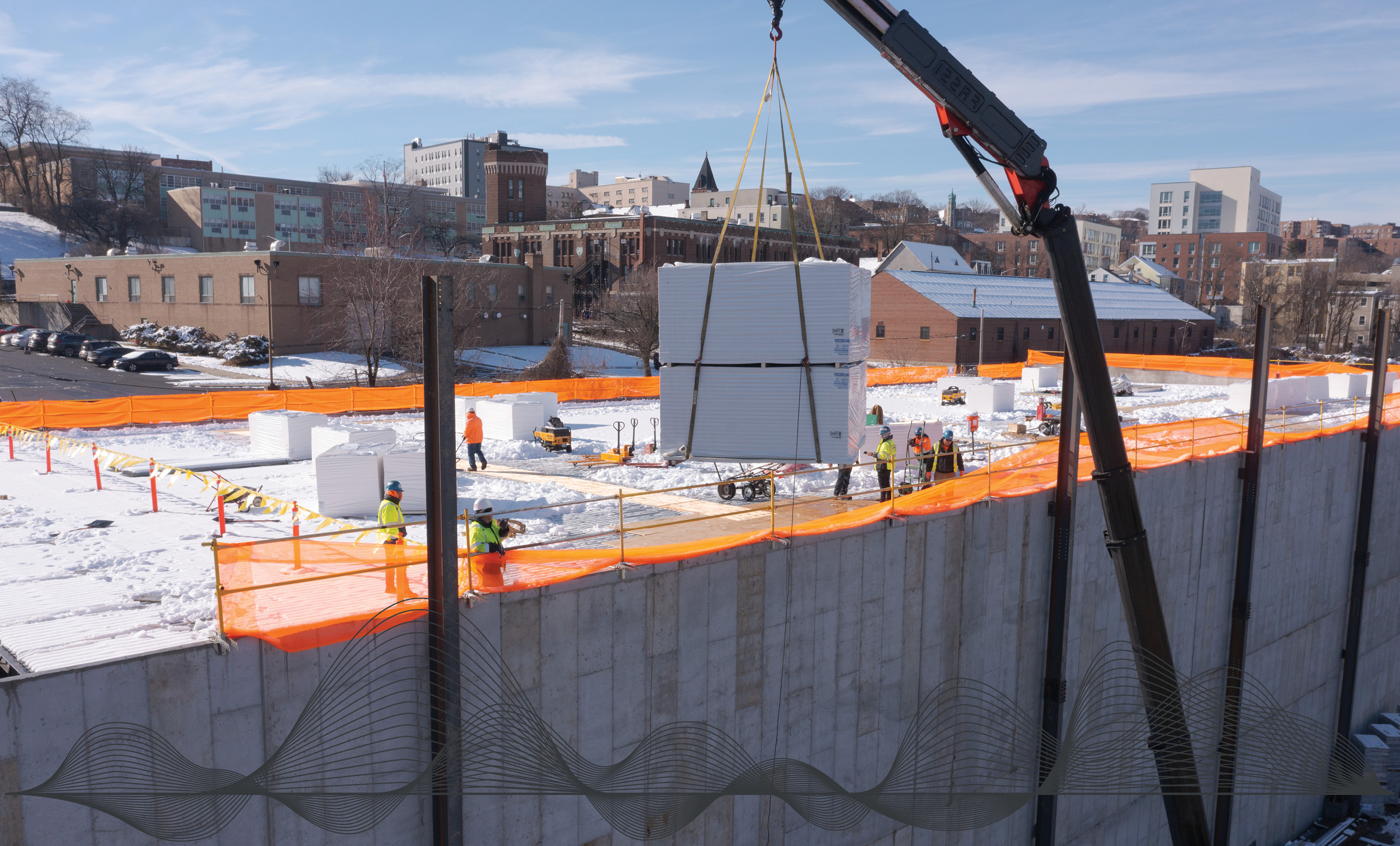
Earlier this year, an article in The New York Times highlighted several challenges NRCA has been working to address with Congress, regulators and the roofing industry. The article chronicled migrant children illegally working on roofs and documented the potential and realized harm many of them encountered.
The piece, one of a series about the migrant crisis, was heartbreaking and infuriating to read. The youths confronted terrible risk, but broken policies, systems and dynamics led to the dire situations.
The subcontracted crews documented in the article and the behavior by their supervisors and managers don’t represent the values, morals and practices of NRCA-member roofing contractors, who are focused incessantly on safety and consider returning every person home each night paramount. The roofing industry has made incredible strides in reducing the harm and loss of life in the field, but there is still more to be done. We could all do a better job reaching, teaching and training.
What does the increased use of subcontracted labor mean for workers’ overall preparedness, especially training and safety? This question requires our collective attention.
In the recent past, companies would spend rainy days or downtime on installation training, safety education and toolbox talks to make installers safer, better skilled and more professional.
But what happens when full-time employees have been replaced by subcontracting crews? Contractors may not be able to legally train, educate or manage these workers because they are classified as independent contractors. What do subcontracted workers know or not know? What experience and training do they have? What safety measures are being taken if any?
The problem is: Contractors increasingly don’t know. The people installing a roof system could be several steps removed from the building owner or roofing contractor. Neither party may even be aware of who, precisely, is doing the work. Contractors, formerly critical to providing properly trained crews, have increasingly been cut out by market forces, legal requirements and broken government systems. As a result, subcontracted laborers are in many ways fending for themselves because of a legal barrier put in place because of their tax classification and, possibly, immigration status.
A key reason for this troubling dynamic is a failed immigration system that creates, fosters and expands the shadow economy of undocumented immigrants (of any age). Failure by policymakers of both parties to address the immigration crisis makes this problem worse each day and puts migrant children and adults in physical jeopardy and our industry’s professional image at greater risk.
NRCA has been urging and pushing the federal government for more than 20 years to fix the broken immigration system. NRCA members have testified before Congress multiple times about the needs of our industry and what is required to stabilize the immigration system. But politicians continue to fail to act, putting lives at risk, hamstringing our economy, and creating the seemingly impossible workforce dynamics and market contortions. But given how far apart the two political parties are, a solution is unlikely in the short term.
And as long as there is record low unemployment, the subcontracting arrangements will continue to grow.
So how do we ensure subcontracted workers have the training, skills and minimum age needed to perform jobs well and safely when the current system prohibits existing contractor-centric systems from filling that role?
Some contractors say they guide and assist subcontracted laborers and work with them on safety and installation training because it’s the right thing to do—even if it may be illegal. But is that a long-term dynamic that’s workable?
If a contractor gets hit with a few government misclassification audits resulting in large fines or is involved in high-profile cases of liability and loss because he or she was “trying to do the right thing,” this practice will end in an instant. Then what?
Recently, the Department of Labor enacted new rules for defining who is a subcontractor versus an employee. The standards became more stringent, and contractors need to be prepared for possibly even more legal barriers between them and subcontracted roofing crews. Navigating those requirements to protect contractors and workers and provide the roofing industry with a viable operating structure will be increasingly important.
Other contractors say they encourage subcontracted labor to do the right thing but can’t enforce anything.
NRCA RESOURCES
TRAC, NRCA’s digital training platform for new workers, is available in English and Spanish and affordable enough for the smallest of installation crews. Learn more at nrca.net/education/trac.
NRCA also has made NRCA PROCertification® easier to obtain as an individual rather than through a company.
NRCA PROCertification independently verifies whether installers have the skills and expertise to call themselves roofing professionals. Contractors could require subcontracted labor to be NRCA PROCertified,® ensuring a base-level proficiency on job sites while still being mindful of contractor-subcontractor legal constraints. Find out more at nrca.net/procertification.
This seems legally sound, but at a macrolevel it still leaves a large, growing swath of the roofing workforce in a dangerous situation that could ultimately make our industry worse off. Setting aside the human element, if injuries and fatalities continue to rise, jury verdicts will grow (as they have in the automobile liability space); contractors’ insurance premiums will continue to escalate; and additional government interventions are likely. All this, in one form or another, will affect contractors.
NRCA is working to get training, education and certifications to roof system installers. In 2023, the association formed a task force that is developing Spanish-language resources and working on new, unique delivery mechanisms to get important information to end users.
Whether live classes, digital materials, short videos or one-on-one assistance, NRCA wants to have resources available for the industry. Contractors, regardless of the employment status of their workforces, have a vested interest in properly installed roof systems and keeping job sites safe.
If you use subcontracted labor, you should have some form of prequalification process in place to ensure subcontracted workers have the following:
- Valid, applicable insurance. Far too often, bogus certificates or ridiculous policy exclusions on the part of subcontracted crews put contractors at risk.
- Valid, applicable training and education. Safety training, installation and technical training and anything else that could affect a job should be top of mind for contractors and building owners.
- Proof workers meet the minimum age for roofing work. State laws vary regarding minimum age for construction work and amount of hours a minor can work during weekdays.
I’m not a lawyer, but prequalification requirements seem well within the legal structures of the contractor-subcontractor relationship. Contractors have the ability (and some would argue the responsibility) to vet or validate subcontractors’ capabilities or skills before giving them work. Roofing contractors undergo vetting or meet criteria in place by general contractors to bid work; roofing contractors also should vet or impose criteria on their subcontractors.
For a decade or so, Capital One has asked consumers: “What’s in your wallet?”
It’s time the roofing industry asks: “Who’s on your roof?”
Do they have the skills, training and knowledge to be there?
MCKAY DANIELS is NRCA’s CEO.
mdaniels@nrca.net



